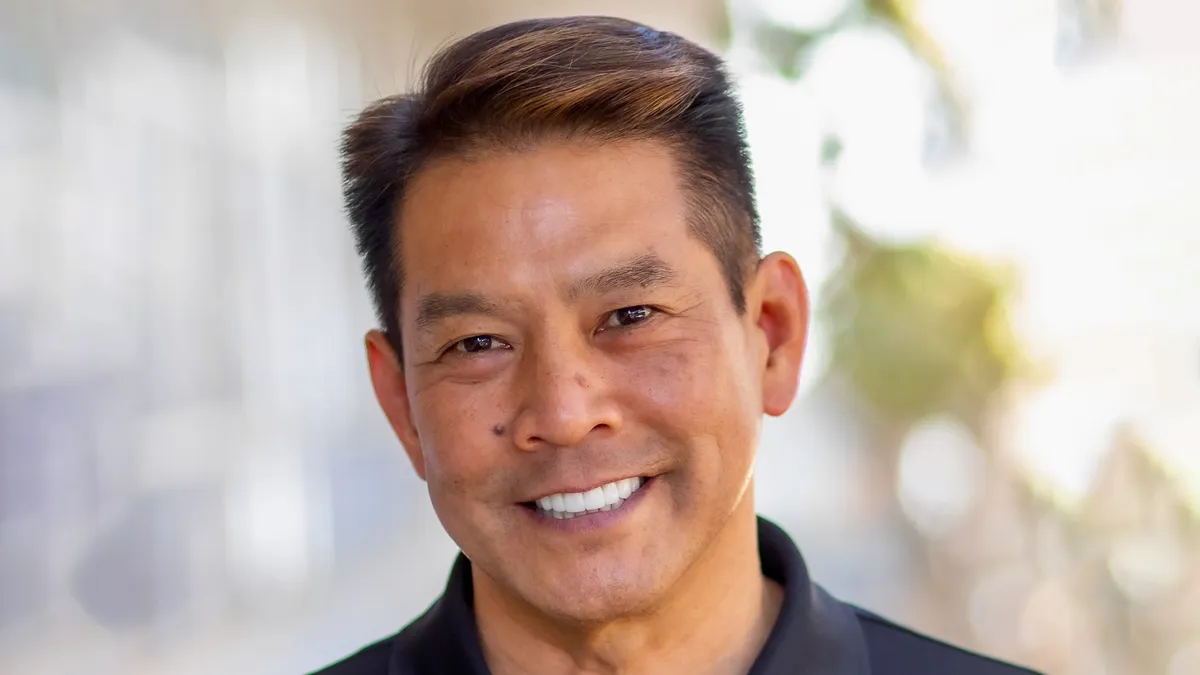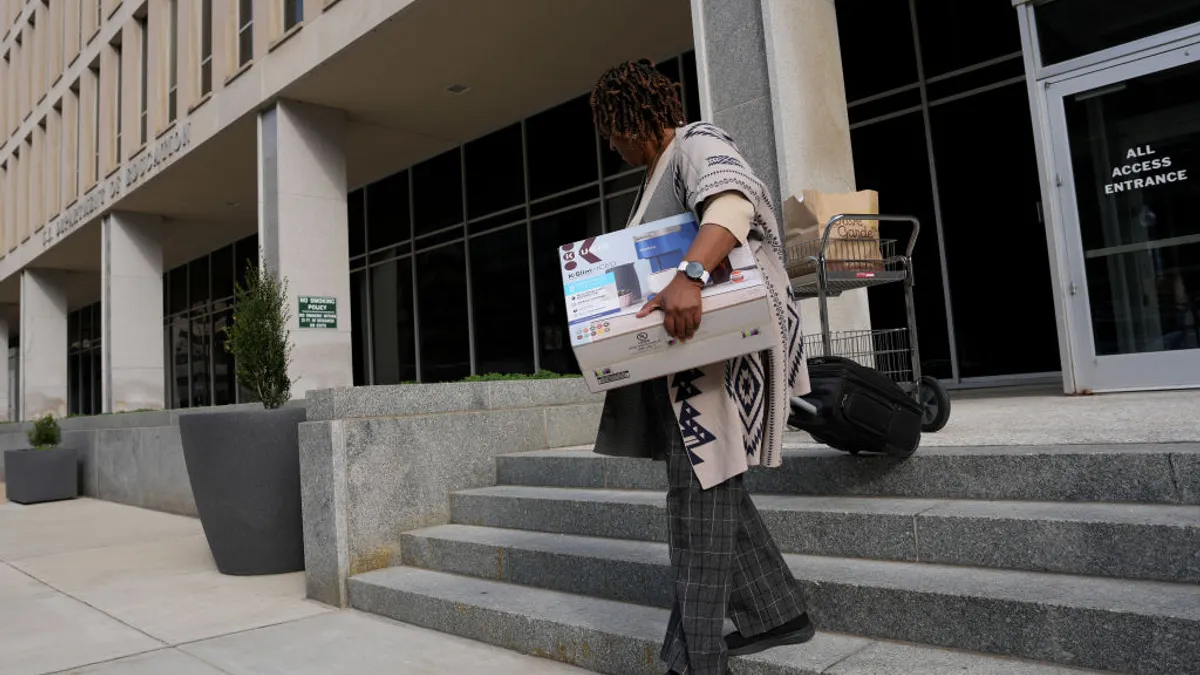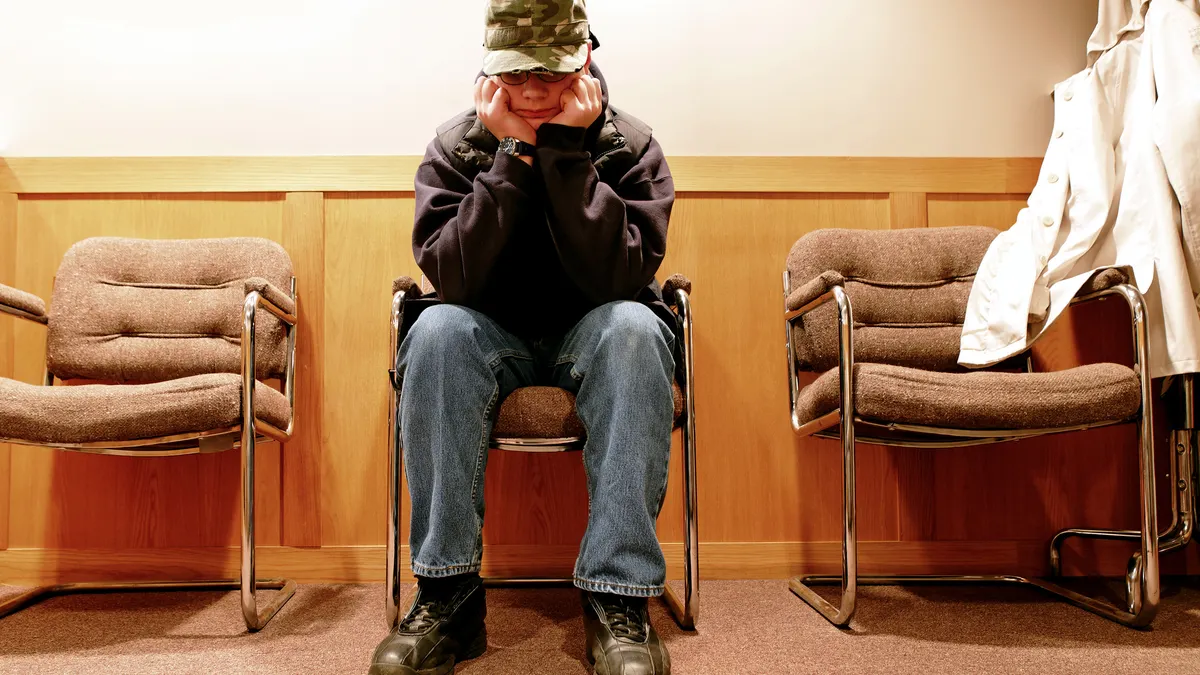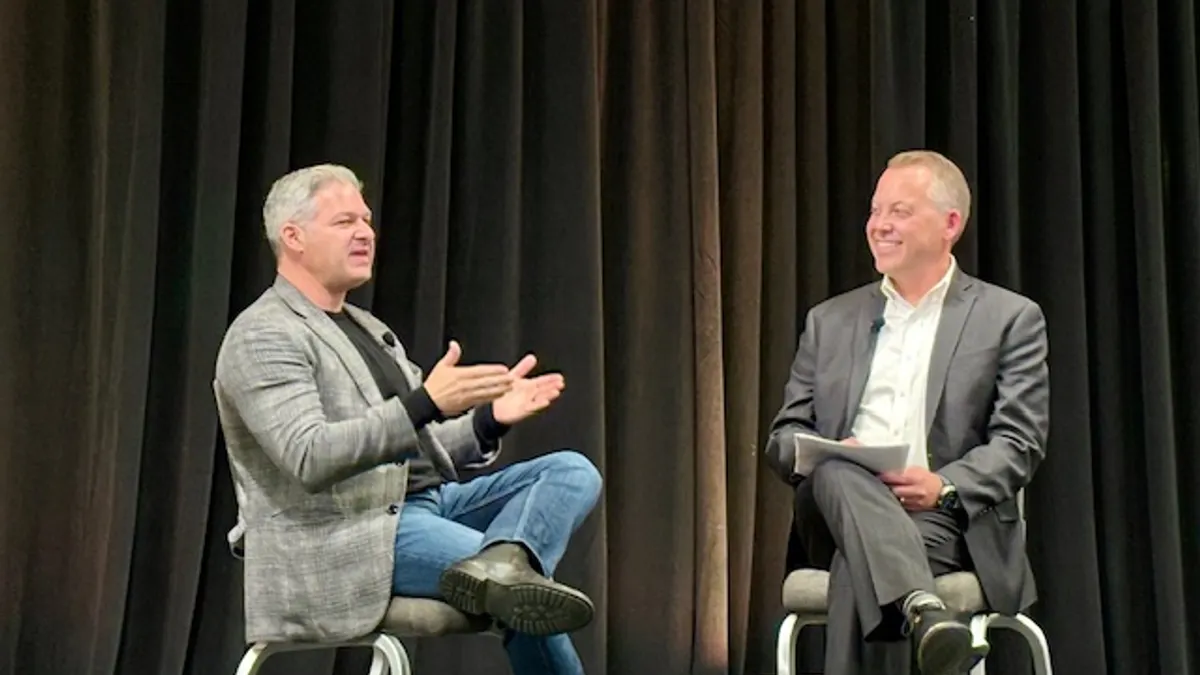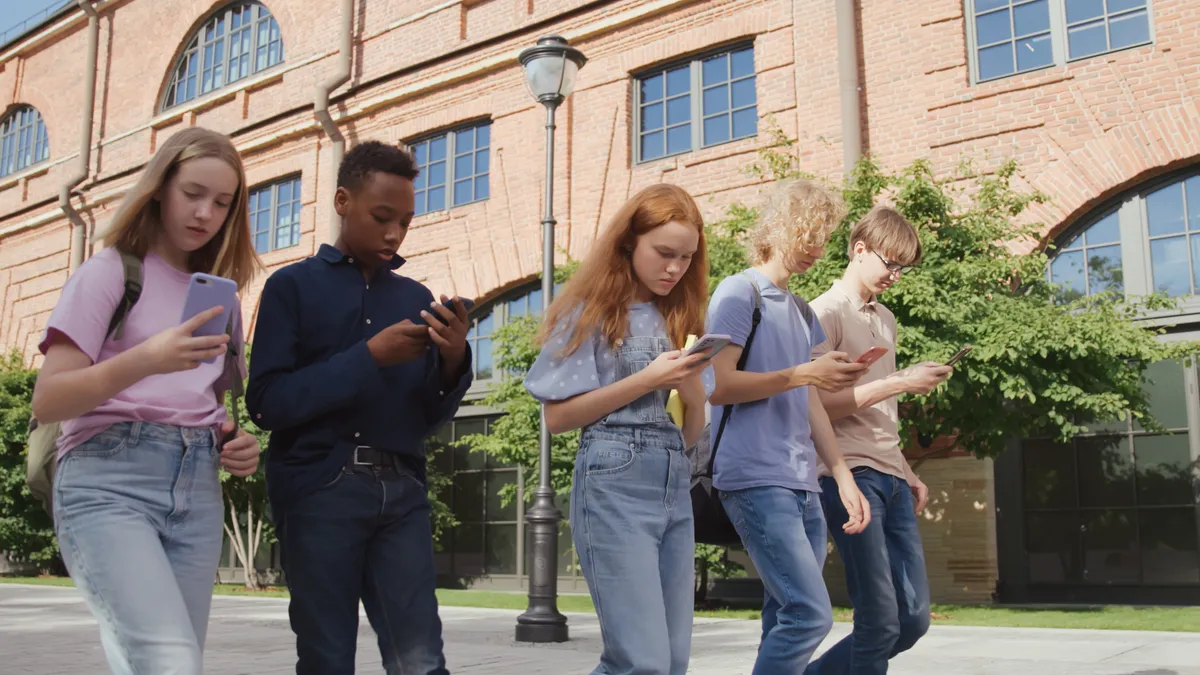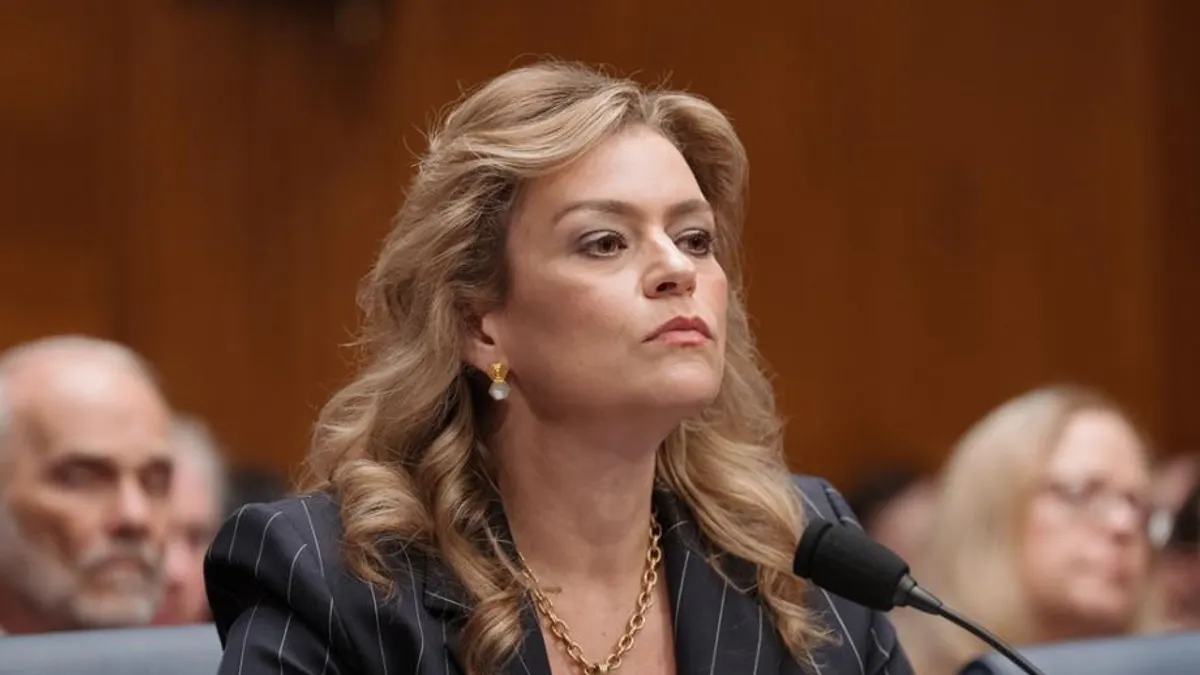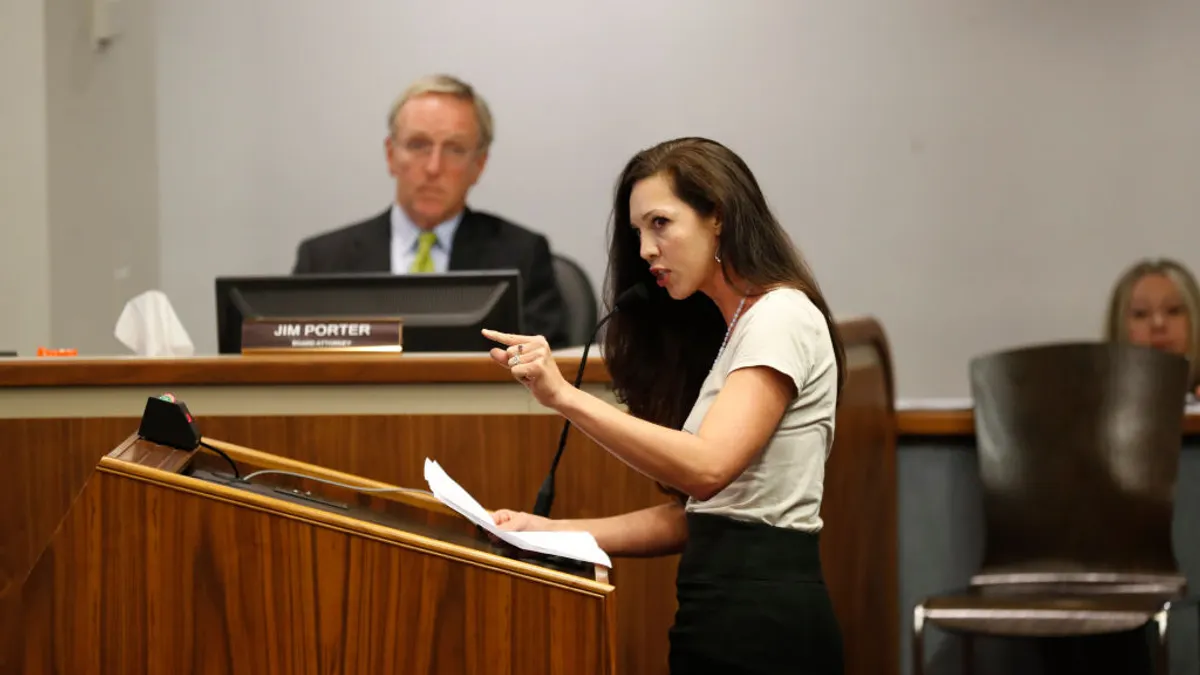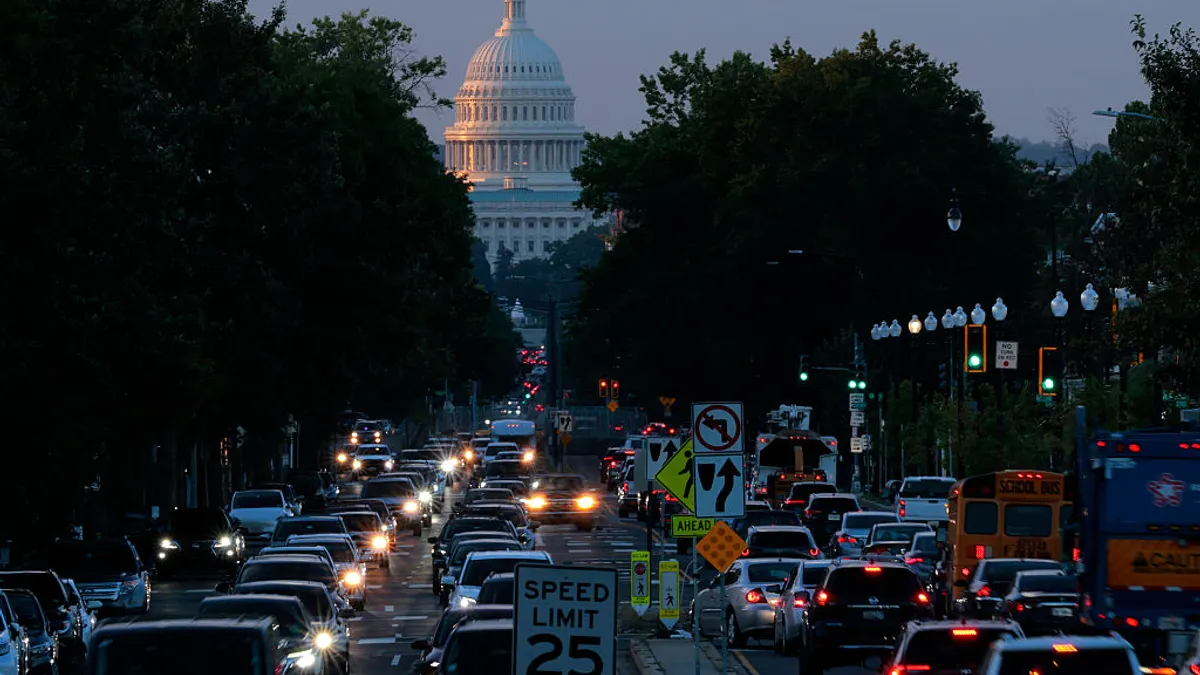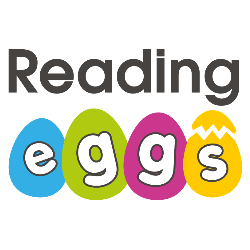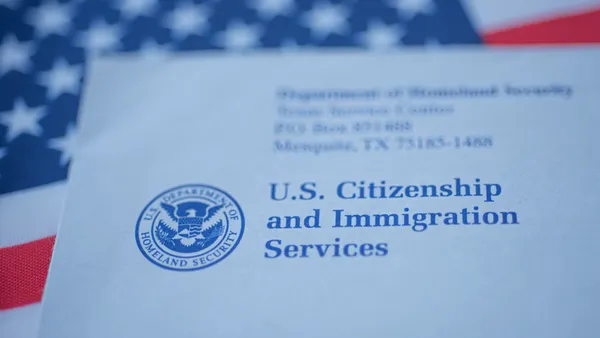“We were on the path to making all of our schools mandatory computer science — and that was me and my ineptitude, thinking that every kid would like that,” says David Miyashiro, superintendent of California’s Cajon Valley Union School District. “We learned quickly that’s for some kids, and not all kids.”
It was around that time that Miyashiro met Ed Hidalgo, then a senior director at wireless technology company Qualcomm.
“He said, ‘Don't do that. Don't force all your kids into cyber and coding. I have hundreds of engineers here that are miserable in their job.’ And then he introduced us to the World of Work,” Miyashiro says.
The World of Work is a robust, district-built learning model that allows students — starting in kindergarten — to begin exploring careers across the full spectrum of possible fields. The goal, Miyashiro says, is for students to know who they are as people and to be exposed to careers and opportunities ranging from military and skilled labor to public service, technology, the arts and degree pathways by the time they're in 8th grade and to begin internships in 9th grade.
The overarching vision of the six-year-old initiative is that every student in the district is placed on the pathway to gainful employment in line with their strengths, interests and values, says Hidalgo, who is now the district’s chief innovation and engagement officer.
Charting a course in the World of Work
Located 17 miles east of downtown San Diego, Cajon Valley USD serves close to 16,000 students across 28 schools. Of those students, 35.7% are Hispanic or Latino, 6.4% are Black, 4.2% are Asian or Pacific Islander, 7.6% are multiracial and 45.1% are White. Overall, 68.5% qualify for free or reduced-price meals, and 31.4% are English learners. The district also has a high population of Middle Eastern refugees, Miyashiro says.
Though it is home to a host of programs including three computer science magnet schools, two schools of the arts, and a dual-language computer science and career development school, the crown jewel of the district’s academic programming is the World of Work.
Early on in his tenure, about a decade ago, Miyashiro met with El Cajon’s city manager, its chamber of commerce and its workforce partners, asking them all a variation of a simple question: What do you think the school system should do to help support economic development?
“All of them said, ‘Start kids thinking early about careers, and help them start working in high school, and right after high school, and maybe earn some job skills before they even apply for college,’” Miyashiro says. “And so that input coming from leaders in my own community helped us shape the modern curriculum that's now Cajon Valley 10 years later.”
Between those meetings and his early conversations with Hidalgo, World of Work was eventually conceptualized and launched in 2016.
“We did town hall meetings at all of our middle schools and invited all of the feeder elementary schools to come in,” says Tamara Otaro, president of Cajon Valley USD’s school board. “We talked about technology and the effects and the changes of that on education. And then we also shared what this World of Work curriculum will look like and what the opportunities are for it.”
For parent Jemima Dutra, a key feature of the approach is that it focuses on helping students figure out who they are. “Going forward, as they are studying, they're also learning about themselves and what they want to do with their future,” she says. It’s done “without having to push them into any specific ‘this is what you should do.’”
“It's all about forming identity in students,” says Chris Collins, the district’s data and assessment coordinator who previously served as World of Work facilitator. “It's an agentic [self-directed] process where students are building vocational identity. They're learning about themselves, gaining self-awareness and unpacking their unique strengths, interests and values.”
Beginning in kindergarten, students are introduced to a variety of possible future career paths across the six categories of the Holland Codes, or RIASEC, framework, and potential careers that align with the categories:
- Realistic (Doers) — mechanic, technician, plumber
- Investigative (Thinkers) — scholar, scientist
- Artistic (Creators) — designer, writer, actor
- Social (Helpers) — nurse, teacher, clergy
- Enterprising (Persuaders) — sales, marketing, business
- Conventional (Organizers) — accounting, clerical work, administration
Many careers and interests cross over multiple RIASEC categories, but those inclinations all reflect back to a student’s strengths, values and interests as they advance through the programming, Miyashiro says.
Research shows children in poverty in particular lack exposure to enough career pathways to know what types would be best for them, Miyashiro says. But the World of Work model helps overcome that hurdle, he says.
“In every grade every year, kids meet a pro, they do the project-based learning we design with each career, and it's infused throughout the school day for kindergarten through 8th grade,” the superintendent says.
The curriculum is digitized on a platform built with technology partner Beable, allowing students to track how their strengths and interests take shape and evolve over time as they’re exposed to more pathways and opportunities.
By the 5th grade, for instance, a classroom will have integrated the RIASEC framework across all subject areas to make connections between course content and its relevance in the working world. And an individual student portfolio is compiled related to each student's interests, RIASEC themes, strengths, values, hopes, areas to work on and goals so they “can truly articulate who they are and, at that point, who they want to become,” Hidalgo says.
He adds, however, that the goal isn’t for students to vocalize this in a way that they already have a definitive path set for them, but in a more self-directed and exploratory manner where they can clearly state who they are and what their interests and goals are.
Learning to do a TED Talk — in elementary school?
Cajon Valley, previously a K-8 district, is only in its second year of having a high school — Bostonia Global, which opened in the 2021-22 school year with a freshmen class and a small group of sophomores. By that age, the goal is for students to have intentional goals and clear visions for themselves.
“Starting in freshman year, they have to do two internships, and we teach them how to make cold calls,” Miyashiro says. “We don't do it for them.”
The internships are developed through the district’s relationships with businesses and government agencies in the region. Once students land internships, they spend two days a week not just learning the career, but also learning essential employability skills, Miyashiro says.
If students don’t find an internship, they have the opportunity to take one in a district department such as human resources or transportation.
“Some kids have a really hard time in their first cold call trying to land the internship,” Miyashiro says. “We tell [employers] you can say no. If they don't convince you, please tell our students, ‘Thank you very much. You need to work on, you know, your introduction a little bit better.’ But there's something for everybody.”
Learning to overcome being turned down, he says, is part of the experience.
But before students ever get to that first cold call, they begin learning how to give an elevator pitch by developing and delivering their own TED Talks. And that process begins — in kindergarten?
“Not an 18-minute talk,” Miyashiro says, “but a 30-second talk about their likes and dislikes and things they're afraid of. And then in 1st grade, it’s ‘Things that I can teach somebody else,’ a one-minute talk. By the time they're seniors, they can deliver an 18-minute TED talk better than most adults.”
Hidalgo and Collins add that this is another layer of the district’s goal of placing every child on the path to gainful employment.
“They're getting the opportunity to tell their unique story because, at some point in time, everybody's going to sit across the table from HR and answer that classic first interview question: ‘Tell me about yourself,’” Collins says. “If students are on this journey and gaining this identity along the way, they're going to be able to crush that question.”



